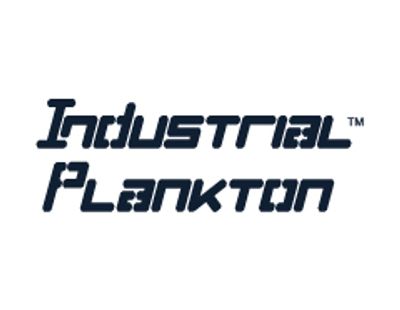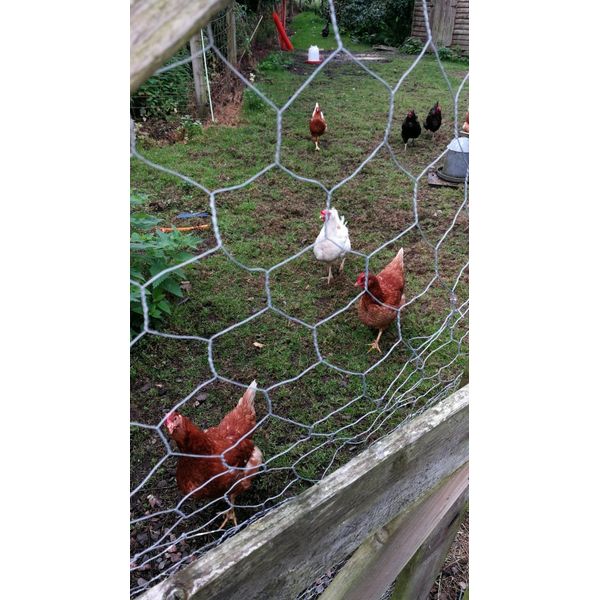

- Home
- Companies
- Industrial Plankton Inc.
- Articles
- Algae in Animal Feeds
Algae in Animal Feeds
Algae in Animal Feeds: Effective Market Entry
This Algae Biomass Summit’s Spotlight Series was hosted by Valerie Harmon, of Harmon Consulting.
Let’s check out Ryan Cooney’s presentation in more detail. Ryan is the VP of Marketing at Nutriquest. The of his presentation title:

Ryan started with a high level overview of the animal feed market. What is Nutriquest? It’s a team of animal feed experts who serve producers and try to improve their profitability, or another important need. Aside from being market experts they also have the capabilities to help develop and commercialize new technologies. Working with technology companies that have a concept or product they are looking to commercialize is where Nutriquest brings the value. They’re able to complete the research and use their go-to-market teams for commercialization.
We hear those words often, but what do they mean?
- Feed usually refers to the whole diet, or the entire diet (all of the additives and ingredients).
- Feed ingredients are the individual ingredients that make up the feed, or the more macro ingredients. Example: oats, soybean meal, and corn would be feed ingredients in the feed.
- Feed additives make up the “other” category in the feed ingredient list. Example: vitamins, minerals, and other ingredients the enhance the feed by delivering some value. As you think of opportunities for algae, feed additives is where algae usually fits.
There are lots of reasons to choose to work in the animal feeds market, and Ryan says usually the #1 reason to work in this market is because of its size! In the United States alone, is 1.77 million tones of feed. If you treat every ton of animal feed with $3 of your product, that comes out to over a half billion dollar market in the US, and a $3 billion dollar global market.
Reason #2 says Ryan, is that it’s similar to what they’re doing already. If you are already in a space producing food for humans or pets, producing animal feed isn’t much difference, and there’s a lot of cross over. The main difference is on the regulatory side.
As you look at the animal feed market keep in mind the huge opportunity. Ryan notes that there’s room for improvement and new technologies.
Market segmentation – consumers want more than just “chicken, beef, and pork” for choices. They want choices on how it was raised, what it was fed, without antibiotics, traceability, etc. This creates an opportunity for “natural” products to fill those spaces.
Economics is another ongoing trend. How can things be done more efficiently and reduce the costs, with animal feed being one of the largest costs.

Plan your approach!
Figure out what your value proposition. Try to test for a secment of producers early on to see if they are accepting. What economic impact will you have for producers?
Do your research. This usually involves several animal trials. Producers will most likely want to do their own research as well.
Regulatory is an important step to plan for. Which species will you be targeting? What geographic region will you be targeting? What resources will it take you to get into those markets.
Costs. Know your cost limitations. Tie this into your value proposition.
Please reach out to Nutriquest if you have any questions about how to bring your technology or product to the market!
